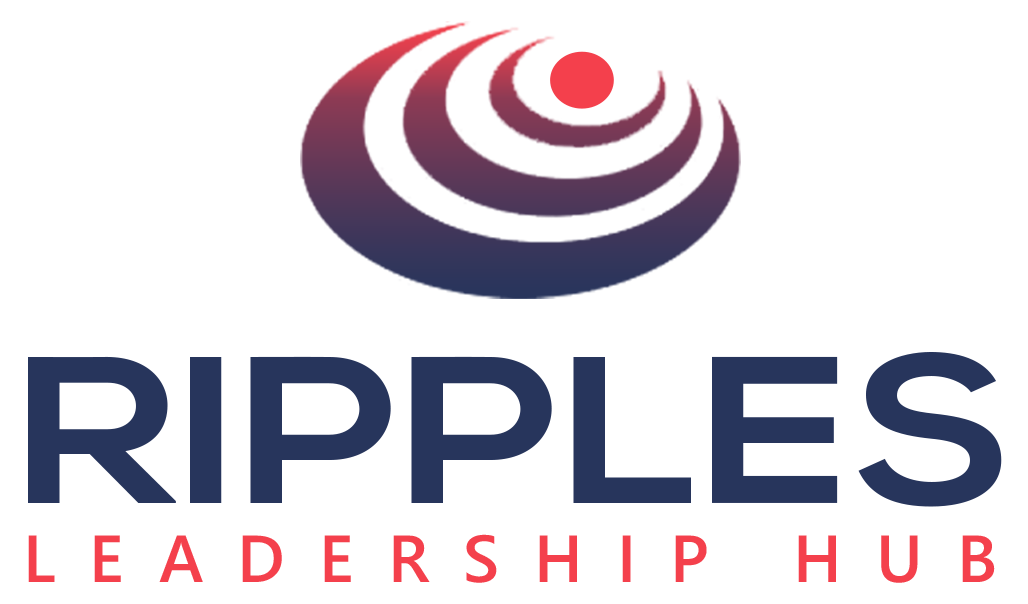DEVELOPING YOUR PERSONAL BRAND STORY – DAY 3 – 41 BIG DREAMERS PROGRAM
BUILDING A PERSONAL BRAND IDENTITY – DAY 2 – 41 BIG DREAMERS PROGRAM
May 2, 2023CREATING YOUR PERSONAL BRANDING STRATEGY – DAY 4 – 41 BIG DREAMERS PROGRAM
May 4, 2023DEVELOPING YOUR PERSONAL BRAND STORY
Your personal brand story is the narrative that communicates who you are, what you stand for, and why you do what you do. It is a powerful tool for establishing your credibility, connecting with your audience, and setting yourself apart from the competition. In this article, we’ll explore the steps for developing your personal brand story.
Step 1: Know Your Story
- Reflect on your personal and professional journey and identify the key events and experiences that have shaped your identity and values.
- Write down your personal values, beliefs, and mission statement.
- Consider your strengths, weaknesses, successes, and failures.
Knowing your story is the first step in developing your personal brand story. It is important to identify the key events and experiences that have shaped your identity and values, as well as your strengths and weaknesses. By understanding these elements, you can develop a more authentic and compelling brand story.
Step 2: Define Your Target Audience
- Identify the demographics, psychographics, and interests of your ideal audience.
- Conduct market research to understand your audience’s needs, interests, and pain points.
- Create buyer personas or customer avatars to represent your ideal audience.
Your personal brand story should be tailored to resonate with your target audience. By identifying the demographics, psychographics, and interests of your ideal audience, as well as their needs, interests, and pain points, you can create a brand story that speaks directly to their concerns.
Step 3: Identify Your Unique Selling Proposition (USP)
- Identify your skills, experience, and expertise.
- Evaluate how your skills and expertise differentiate you from others in your field.
- Develop a unique value proposition that sets you apart from the competition.
Your USP is the unique value proposition that sets you apart from the competition. By identifying your skills, experience, and expertise, and evaluating how they differentiate you from others in your field, you can develop a USP that reflects your strengths and expertise.
Step 4: Craft Your Story
- Develop a narrative that weaves together the key elements of your personal journey, mission, and USP.
- Incorporate storytelling techniques such as anecdotes, metaphors, and imagery to make your story more memorable.
- Practice telling your story in a concise and engaging manner.
Crafting your personal brand story involves developing a narrative that weaves together the key elements of your personal journey, mission, and USP. By incorporating storytelling techniques such as anecdotes, metaphors, and imagery, you can make your story more memorable and engaging. It is also important to practice telling your story in a concise and engaging manner.
Step 5: Share Your Story
- Use your website, social media profiles, and other channels to communicate your brand story to your audience.
- Incorporate your brand story into your professional bio, elevator pitch, and other marketing materials.
- Make sure that your messaging, visuals, and tone are consistent across all your channels.
Once you have crafted your personal brand story, it’s time to share it with your audience. Use your website, social media profiles, and other channels to communicate your brand story to your audience. Make sure that your messaging, visuals, and tone are consistent across all your channels, and incorporate your brand story into your professional bio, elevator pitch, and other marketing materials.
Step 6: Evolve Your Story
- Continuously evaluate your brand story and messaging to ensure that they align with your goals and resonate with your target audience.
- Update your brand story to reflect new experiences, accomplishments, and values.
- Be willing to experiment with new storytelling techniques and adjust your brand story as needed.
Your personal brand story should be a dynamic and evolving narrative. As you grow and evolve as a professional, your brand story should adapt and reflect your new experiences, accomplishments, and values. Continuously evaluate your brand story and messaging to ensure that they align with your goals and resonate with your target audience. Be willing to experiment with new storytelling techniques and adjust your brand story as needed.

